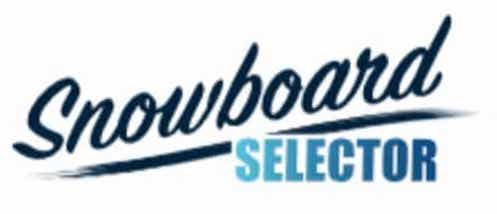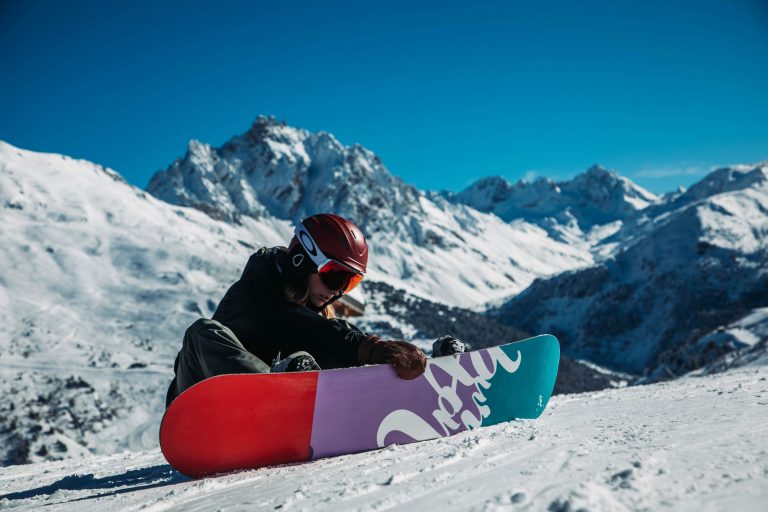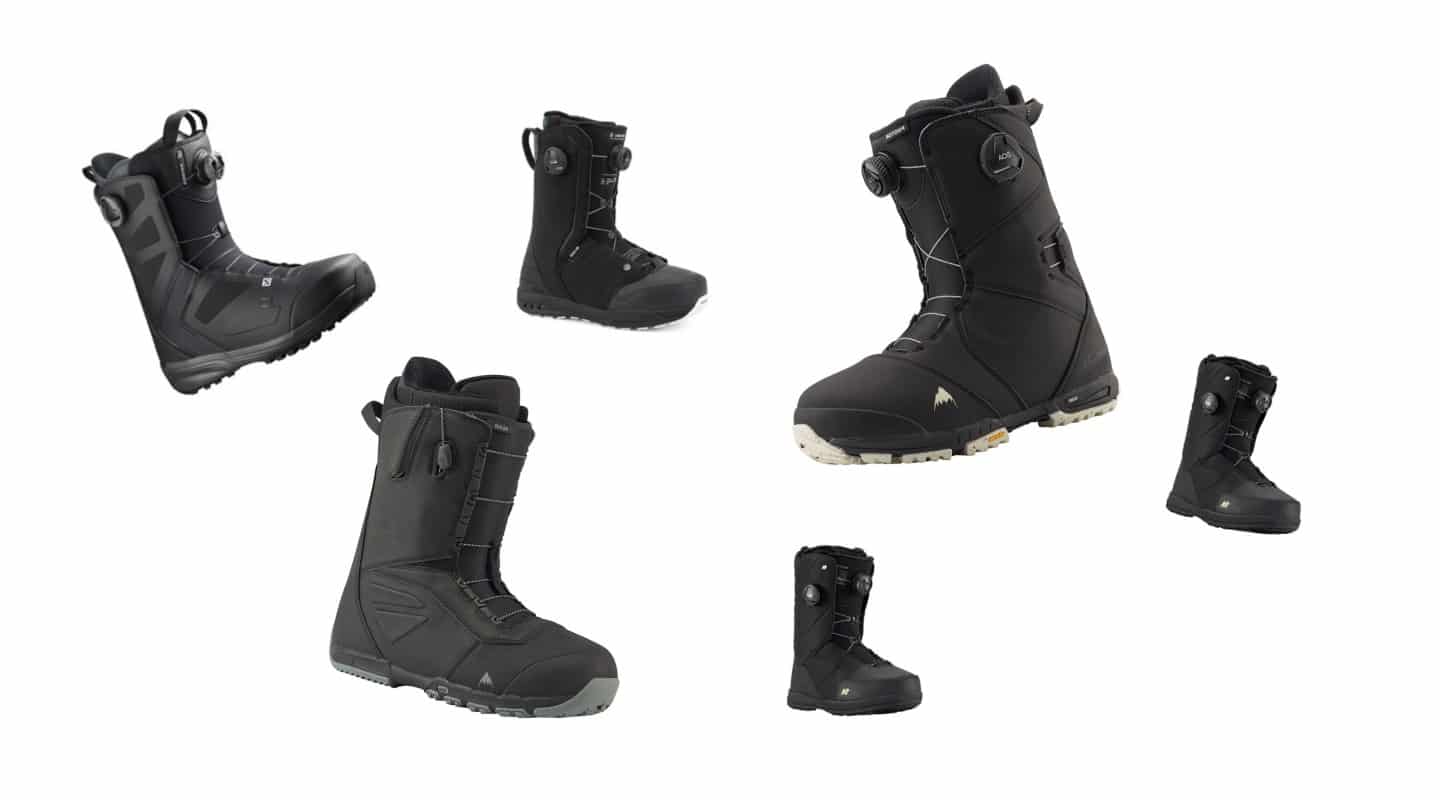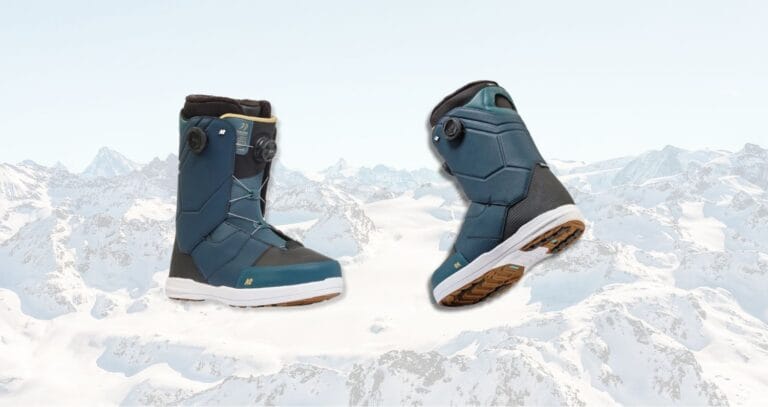In recent years snowboard brands have been experimenting with different shapes of snowboard. Each different shape has been designed for a different style of riding meaning there's a perfect board out there for you no matter what kind of riding you’re into.
Here I'll explain the main 5 types of shape and what kind of riding they're best for.
Don't know what size snowboard to get? Try out our snowboard size calculator to help take the guesswork out of finding a new board.
Snowboard Shapes Explained
True-Twin
As the name suggests, Twin tips have identical tip and tail to the board. If you draw a line across the middle of the board, there is no difference between the front and back. They have the same shape, same flex, same camber and the binding mounts are in the same position relative to the tip/tail.
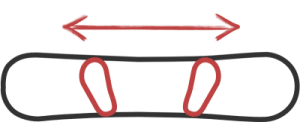
This means riding the board switch (backwards) will feel exactly the same as riding in your normal direction. True twins are the ideal choice for tricks when you will be either landing or taking off switch, such as 180s, 540s, and flat land ticks.
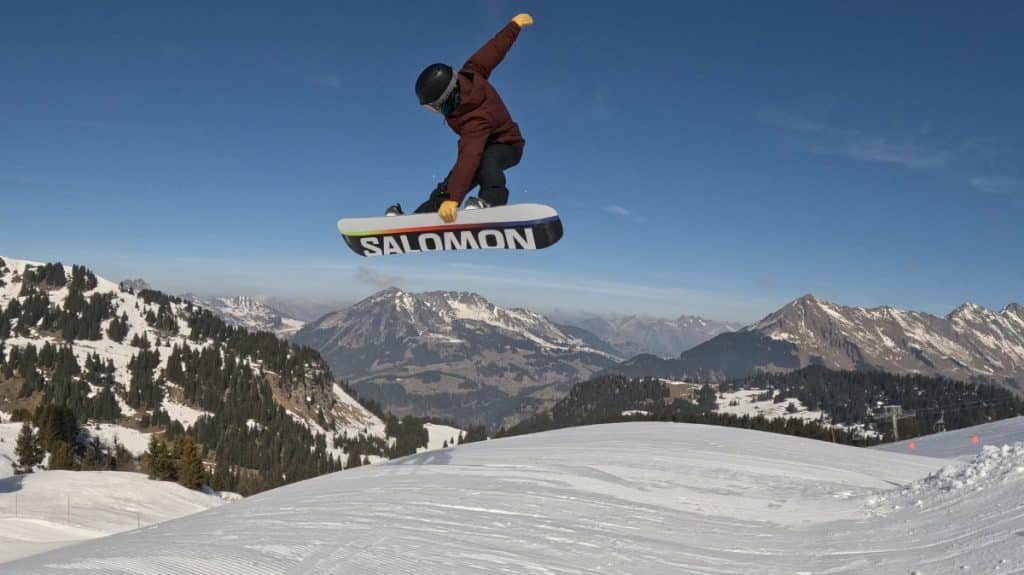
You also might end up riding a true twin the first time you rent a snowboard. Because they ride the same in both directions they are the ideal choice for beginners who are still working out if they are regular or goofy riders.
Best suited for
- Riding switch
- Park freestyle
- Flatland tricks
- Also a good choice for beginners
Which pros ride a true twin snowboard?
Mark Mcmorris rides the Burton Process
Scott Stevens rides the Capita Scott Stevens Pro
Marcus Klevland rides the Nitro Beast
Jamie Anderson rides the Gnu Ladies Choice
Anna Gasser rides the Burton Talent Scout
Directional twin
Direction twins have the same shape as true twins but can vary in one or both of the following ways.
- Have a stiffer tail than tip of the board
- Have slightly setback binding positions
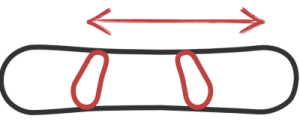
Whilst still a freestyle snowboard, a directional twin will ride slightly better normal stance than switch. This makes directional twins more versatile when stepping outside of the snowpark or for first time beginner snowboarders. The added stability from the directional shape can also make them a good option in the halfpipe or if you're hitting the XL line of jumps in the park.
Best suited for
- All-mountain freestyle
- Riding groomers
Which pros ride a directional twin?
Ben Ferguson rides the Burton Custom
Kelly Clark rides the Burton Feelgood
Victor de le Rue ride the Jones Mountain Twin
Travis Rice rides the T.Rice Pro
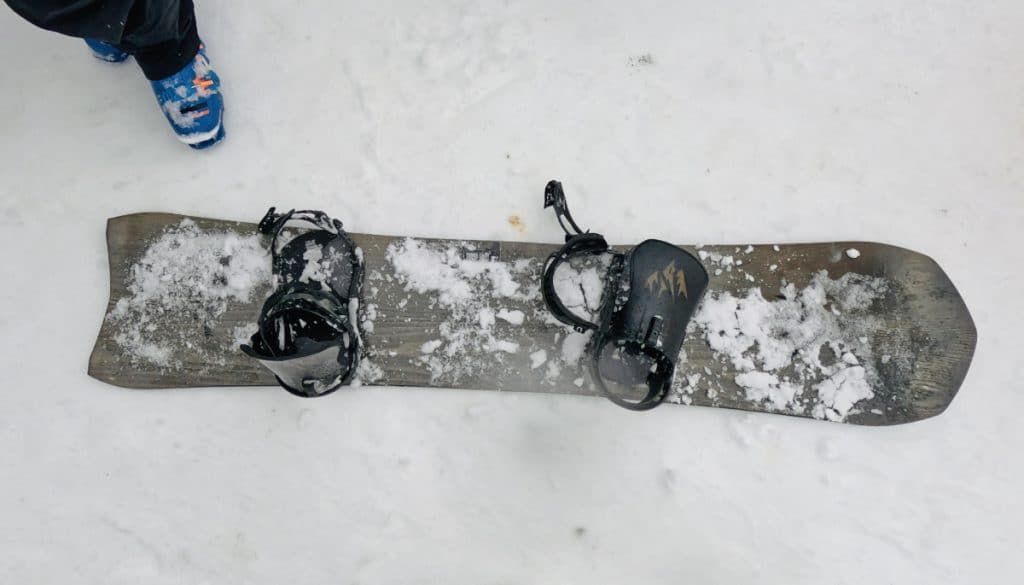
Directional snowboards
Directional boards are best for… going in one direction. They have a longer nose than tail and also a directional flex and a directional side cut.
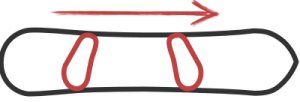
The directional flex gives a stiffer tail than the nose, giving extra pop in the tail for ollies and extra power out of the turn. The directional sidecut means the narrowest part of the board is slightly setback towards the tail to reflect the setback stance.
They are a great option if you’re looking for one snowboard which does it all from powder to carving and with the occasional park lap in between. How directional the board is can vary with longer nose boards being better for powder, and more centered boards favoring the groomers.
Best suited for
- Carving
- Groomers and powder
Which pros ride a directional snowboard?
Danny Davis rides the Burton Deep Thinker
Travis Rice rides the Lib Tech T.Rice Orca
Kimmy Fasani rides the Burton Family Tree Story
Tapered Snowboards
As well as having a directional shape a tapered snowboard has a wider nose than tail. The purpose of this is to give more float in powder. With the wider nose lifting up more than the tail and keeping you floating on the top of the powder.
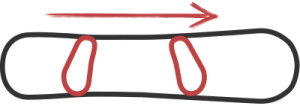
The amount of taper can vary from a few mm to a couple of cm, the more taper the better for powder and less good on the groomed snow. Tapered shapes give a surfy slashy feel and their natural float in powder takes the strain off your back leg and keeps you shredding the pow all day long!
Best suited for
- Powder!
Which pros ride a tapered snowboard?
Jake Blauvelt rides the Ride Berzerker
Jeremy Jones rides the Jones Hovercraft
Xavier de Le Rue rides the Rossignol XV
Asymmetrical twin
Instead of a tip and a tail asymmetrical boards have a toe and a heel edge, meaning both regular and goofy riders mount their bindings the same. Because of the the way most riders mount their bindings there is less space between the heels than the toes. Asymmetrical twins try and address this problem by changing the sidecut on the heel and toe edge a longer radius on the toe edge where you can more easily pressure board than the toe edge
Which pros ride an asymmetrical snowboards?
JP Solberg rides the Yes Greats
Forest Bailey rides the Gnu Head Space Asym
Wrapping Up
Choosing the right snowboard shape can make a huge difference in how you experience the mountain. Whether you prefer the versatility of a true twin, the stability of a directional board, or the playful feel of a directional twin, understanding these shapes helps you pick a board that matches your style and terrain. Keep your riding goals in mind, try different shapes if you can, and you’ll be well on your way to finding the perfect snowboard that makes every run more enjoyable.
